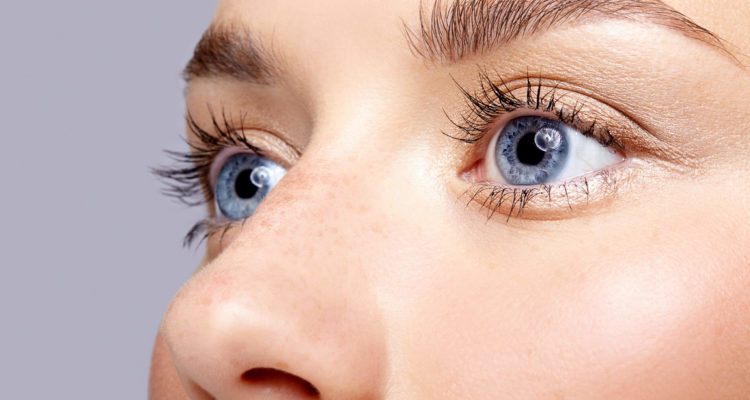
Scientists have discovered a harbinger of premature death
< /p> 0
Scientists found out that the state of the retina of the eye reflects the real age of a person, writes Al Jazeera. Moreover, in the course of the study, they discovered that the retina allows predicting the risks of developing various diseases and premature death.
Although the risk of disease and premature death increases with age, it is clear that it varies considerably among people of the same age. This can be explained by the “biological age”, which differs from the real one and depends on the general state of health.
Previous research
The state of the retina reflects a person's real age, the risks of disease and premature death, a new study has shown. Previously, scientists discovered biomarkers that make it possible to estimate a person's biological age: these are certain genes, cognitive abilities, blood pressure and the state of the immune system.
The retina is a light-sensitive layer of nerve tissue located in the back of the eyeball. Previous studies have shown that it allows to determine the biological age of a person and to predict the risks of development or progression of various diseases.
“The retina of the eye is an available “window” for assessing the main pathological processes of systemic vascular and neurological diseases associated with with an increased risk of death,” says a new study.
Researchers turned to “deep learning” to see if it could determine a person's biological age. “Deep learning” is a type of machine learning and artificial intelligence (AI) developed on the basis of a neutron network that mimics the structure of the human brain. According to information published in the British Journal of Ophthalmology, researchers have developed their own model of “deep learning”.
The researchers used more than 80,000 fundus images obtained from 47,000 people between the ages of 40 and 69, all of whom were part of the UK Biobank, a repository of biomaterial samples and medical data from half a million UK residents.
They first analyzed more than 19,000 fundus images obtained from 11,000 people in relatively good health. Scientists tried to prove that the biological age of these people should somehow correspond to their real age.
Eyes are “older” than their owners
The researchers were able to determine the biological age of the retina quite accurately, the error was up to 3.5 years. Next, they analyzed the fundus images of the remaining 36,000 people, collected over the past 11 years.
They found that 51% of the participants had a difference between their biological and real age of more than 3 years, and 28% had a difference of more than 5 years. , and 4.5% have more than 10 years. In other words, the eyes of most people were “older” than their actual age.
People with a large “age gap” in the retina had a 49-67 higher risk of death from various diseases (except cardiovascular and oncology). %. It is noted that each year of difference increases the risk of premature death by 2%, and the risk of death not from cardiovascular diseases and oncology by 3%. At the same time, no significant relationship was found between the “age-related tear” of the retina and mortality from cardiovascular or cancer diseases.
This was an observational study, so scientists could not determine a cause-and-effect relationship. However, the results suggest that retinal age may be a clinically important biomarker of aging.









Leave a Reply